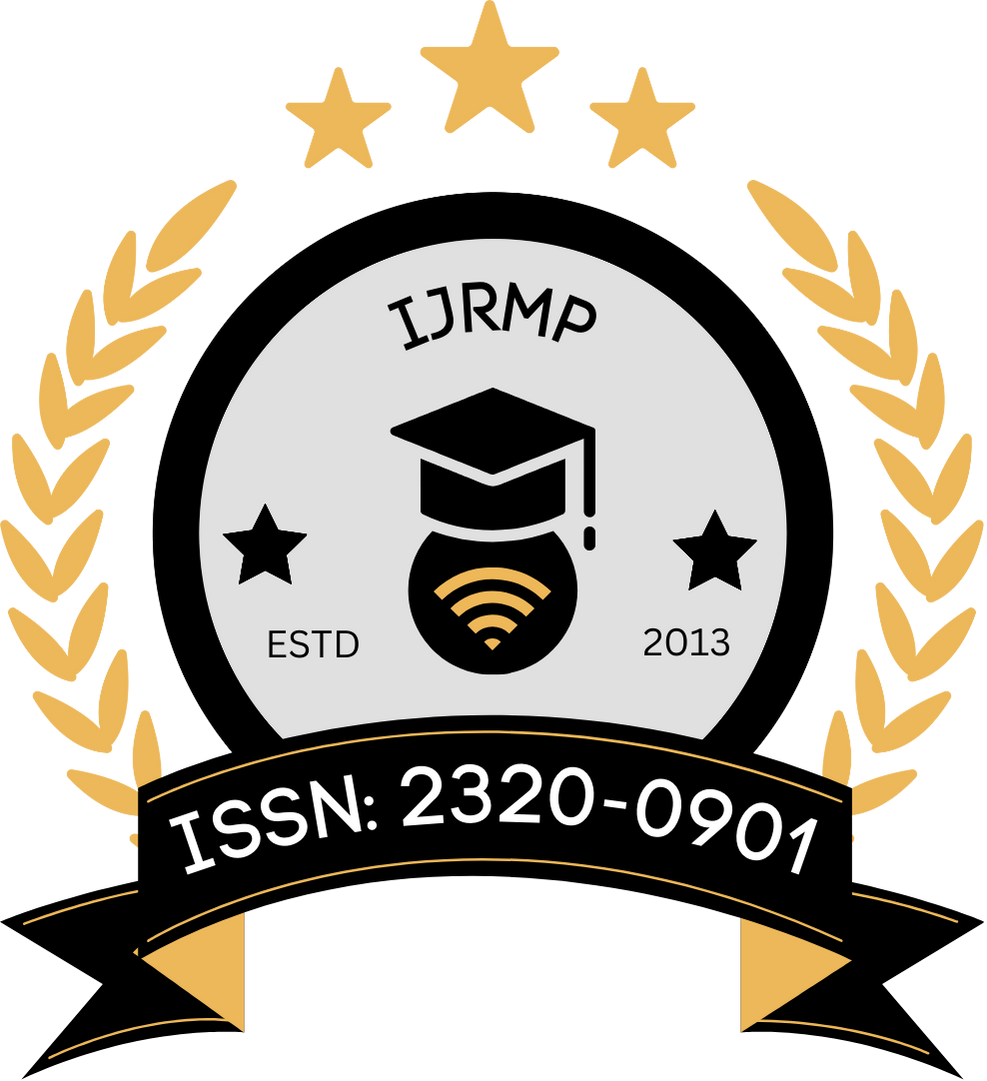![]()
Tanmay Kapoor
Independent Researcher
Punjab, India
Abstract
Patient engagement and retention are fundamental challenges in dental research, particularly in longitudinal studies where consistent participant involvement is critical for data validity. This manuscript explores the effectiveness of interactive educational platforms in addressing these challenges by fostering informed participation, trust-building, and continuous patient motivation. By analyzing theoretical frameworks and prior empirical studies, this research assesses the potential of digital education tools to enhance participant literacy, satisfaction, and commitment in dental research. A structured methodology combining qualitative feedback analysis and observational outcomes is adopted to evaluate the role of digital platforms in improving retention metrics. Findings indicate that well-designed interactive educational interventions can significantly elevate engagement levels, reduce attrition, and enhance the overall experience of research participants, thereby improving research outcomes and ethical compliance.
Keywords
Dental research, patient retention, interactive platforms, digital education, patient engagement, informed consent, longitudinal study
References
- Kay, E. J., & Locker, D. (1996). Is dental health education effective? A systematic review of current evidence. Community Dentistry and Oral Epidemiology, 24(4), 231–235.
- Schleyer, T. K. L., & Spallek, H. (2001). Dental informatics: A cornerstone of dental practice. Journal of the American Dental Association, 132(5), 605–613.
- Elwyn, G., Frosch, D., & Barry, M. J. (2012). Shared decision making: A model for clinical practice. Journal of General Internal Medicine, 27(10), 1361–1367.
- Krishnamurti, T., & Argo, N. (2016). A patient-centered approach to informed consent: Results from a survey and randomized trial. Medical Decision Making, 36(6), 726–740.
- Aljafari, A., Gallagher, J. E., & Hosey, M. T. (2017). Can oral health education be delivered to high-caries-risk children and their parents using a computer game? A randomized controlled trial. International Journal of Paediatric Dentistry, 27(6), 476–485.
- Horowitz, A. M., Maybury, C., Kleinman, D. V., Radice, S. D., Wang, M. Q., & Child, W. (2014). Health-literacy environmental scans of community-based dental clinics in Maryland. American Journal of Public Health, 104(8), e85–e93.
- Maybury, C., Horowitz, A. M., Wang, M. Q., & Kleinman, D. V. (2013). Use of communication techniques by Maryland dentists. Journal of the American Dental Association, 144(12), 1386–1396.
- Maggio, M. P., Hariton-Gross, K., & Gluch, J. (2012). The use of independent, interactive media for education in dental morphology. Journal of Dental Education, 76(11), 1497–1511.
- Rozier, R. G., Horowitz, A. M., & Podschun, G. (2011). Dentist–patient communication techniques used in the United States: Results of a national survey. Journal of the American Dental Association, 142(5), 518–530.
- Koo, L. W., Horowitz, A. M., Radice, S. D., Wang, M. Q., & Kleinman, D. V. (2016). Nurse practitioners’ use of communication techniques: Results of a Maryland oral-health-literacy survey. PLOS ONE, 11(1), e0146545.
